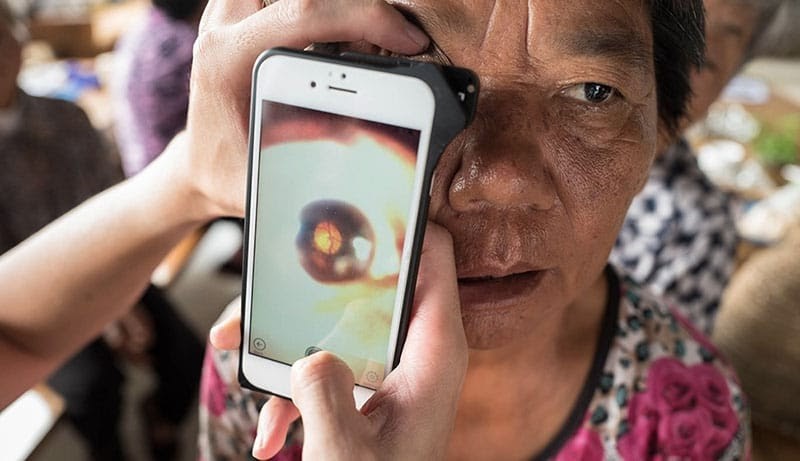The rise of Digital Apps in the Healthcare Field
Digital Apps and platforms are set to become the “new normal” in healthcare.
According to Deloitte, the need for a cost effective healthcare is increasing every year. The NHS funding gap forecast to reach £30 by the end of 2021. Moreover, the rise in chronic conditions in the UK, expected to cost £5 billion per year by 2018.
This is a trend happening to most of the European countries today.
Digital Apps, platforms wearables – also known as Technology-Enabled Care (TEC) – involves the convergence of technologies, digital media and mobile devices to improve the quality of healthcare services for both patients and doctors.
This digital approach is able to provide cost-effective solutions at a time when the demands of health services continue to increase due to the EU’s growing and ageing population and the rising costs of advanced medical treatments.
Opportunities of using mobile technology have improved in the last 5 years, with the growing usage of smartphones even among older age groups.
Using smartphones and digital apps will become a solid part of the future healthcare services with the aim of delivering better and personalised services to patients. Moreover, portable medical devices and data are becoming extremely important in healthcare and will enable the delivery of better and more precise medicine.
What if it would be possible to monitor the condition of the retina daily, and from our living room?
Well, it is now possible, thanks to the Artificial Intelligence technologies and smartphone-based medical devices.
Performing non-urgent monitoring examinations without going to the hospital is a game changer for the entire ecosystem and can provide benefits for all.
Joining the See Far Project, we are building one block of the future healthcare. The scope is to help people with visual deficiencies to continue to live a normal life, monitoring their retinal conditions constantly using their own smartphones.
During the last 2 years, the Partners involved in the Project are developing a new technological solution.
Attaching the D-EYE Smartphone-Based ophthalmoscope, the user will be able to record images and videos of the retina and thus, monitoring the status of the disease directly from his/her home.

In fact, once downloaded in the user’s smartphone, The See Far App will:
- Allow patients to perform retinal ophthalmoscopies directly from their home using the D-EYE smartphone-based ophthalmoscope
- Create a draft result using AI algorithms that can help the ophthalmologist in the final referral
- Give feedback to the patients with notes and referral from the paired ophthalmologist

With these tools, users can capture and analyse the retinal images from home, without the need to go to the hospital or clinic to get a full fundus examination. This is extremely helpful to monitor the progression of a disease, especially during the pandemic situation the world is facing at the moment. And a benefit for the ophthalmologist too.
In fact, thanks to the AI algorithms implemented, the retina specialist will receive a draft estimation of the status of the pathology, helping the doctor to deliver a more precise referral.
See Far is a contribution towards the medicine and monitoring of the future. Try to imagine a world where AI is able to organize patient routes, treatment plans better, providing physicians and doctors with all the information they need to make better decisions every day.
And this is not a distant or utopian future, as we are gradually getting there, step by step.
And we are trying to help this disruption by bringing AI at home, to detect and monitor pathologies that can affect the sight and thus the life of ageing people around the world.
The future is today.

